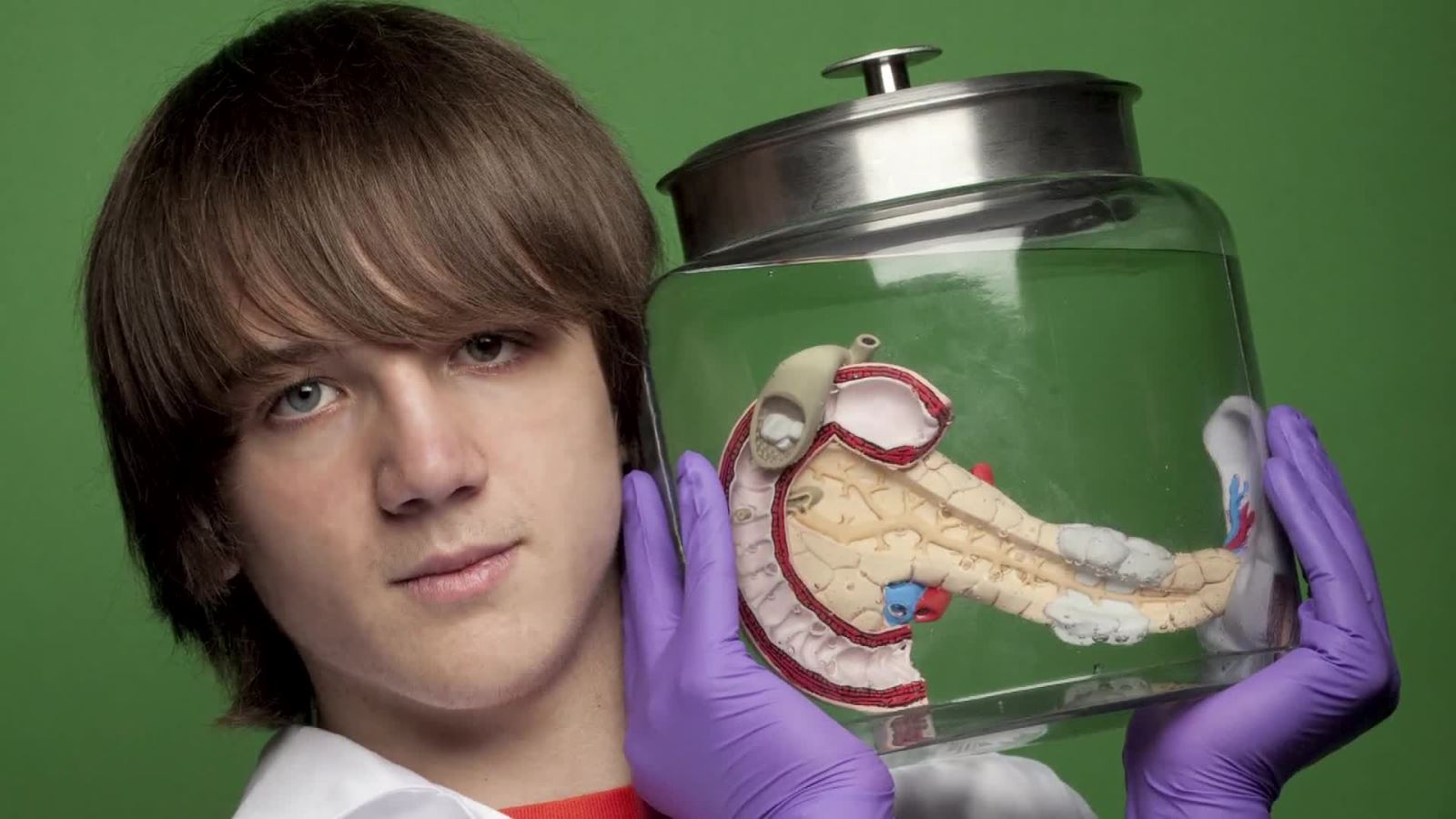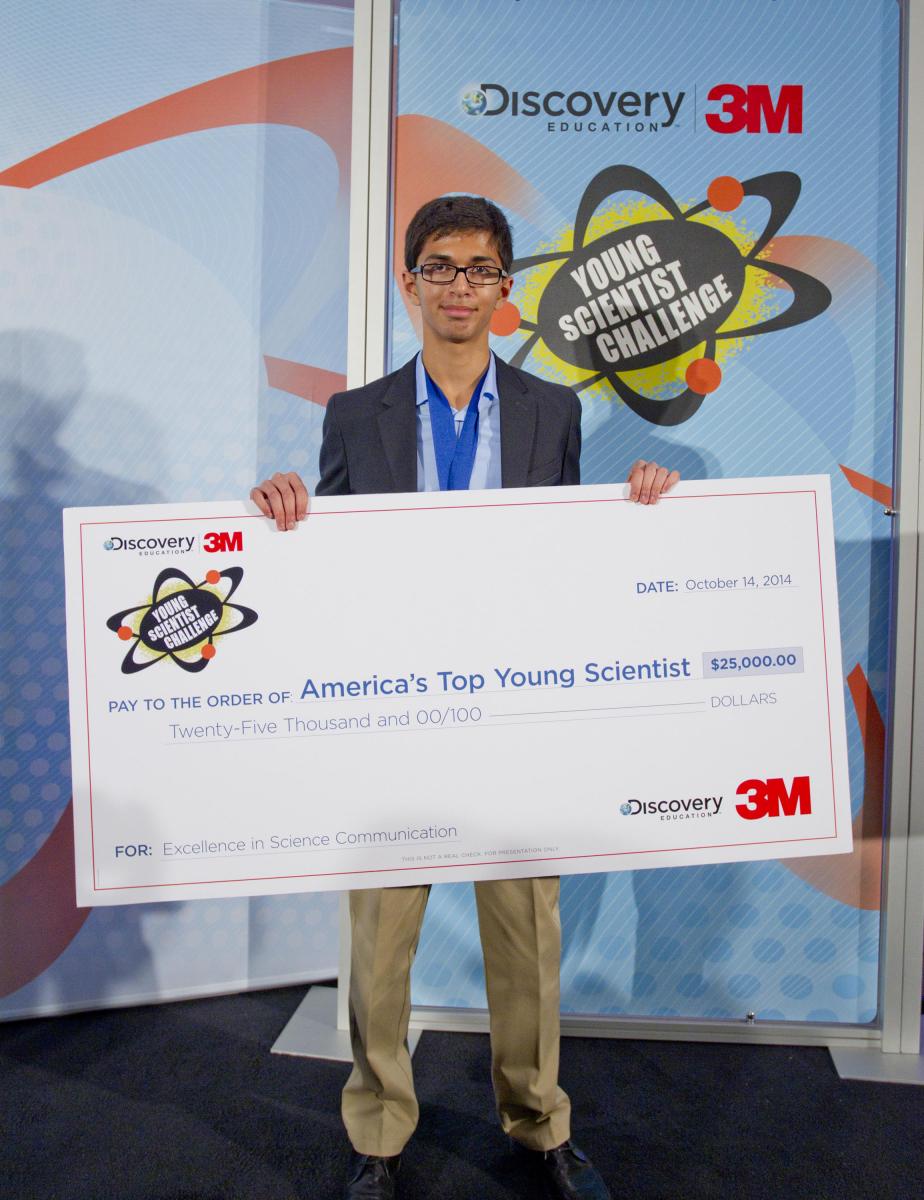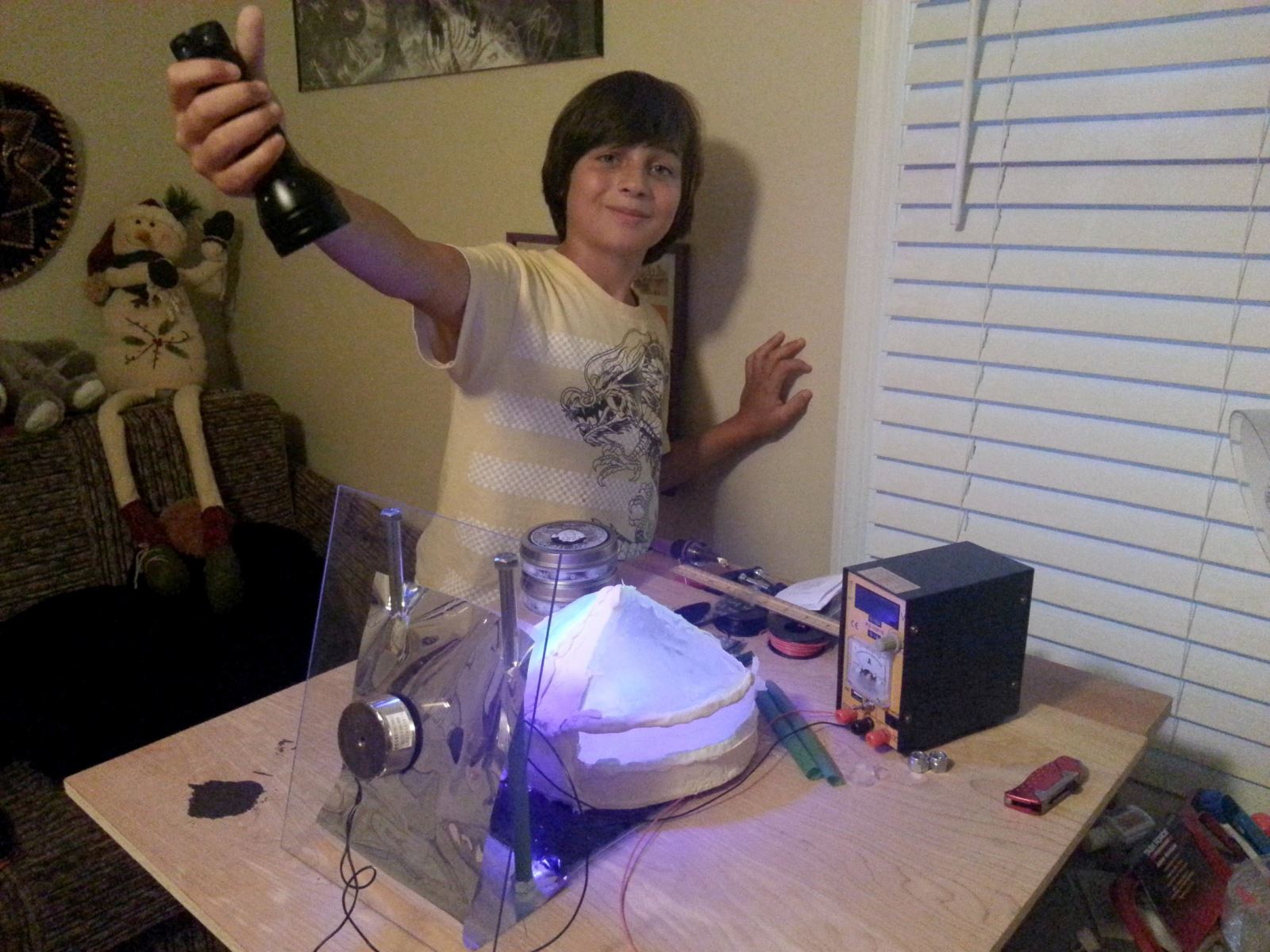Nowadays, scientists are occupied with searching for solutions for environmental issues, diseases, and lack of energy resources that our planet needs. We need not worry, as the future generation of young innovators may change the world.
Early-stage Cancer Detector
The death of a family friend as a result of pancreatic cancer pushed Jack Andraka to find a way to contribute to the fight against this deadly disease. Andraka noticed that one of the reasons behind low survival rates from pancreatic cancer is the lack of early detection and an effective screening method.
At the age of fifteen, he invented a new, potentially life-saving method for early detection of pancreatic cancer. This test is performed using a dip-stick type sensor, similar to diabetic test strips, in addition to filter paper, and a basic instrument for measuring electrical resistance. This method detects the increase of mesothelin, the protein that indicates the presence of cancer during its early stages.
From around 1500 contestants, Andraka won the grand prize at the 2012 Intel International Science and Engineering Fair. Now, he holds an international patent on the device and hopes to bring it to market within ten years. He also aims at developing this method to be able to detect any disease.

PolluCell
Determined to help people in developing countries lacking access to clean energy and electricity, Sahil Doshi, the fourteen-year-old boy from Pittsburg, came up with a battery that can generate electricity using carbon dioxide and waste materials. Doshi hopes that his battery, PolluCell, will help reduce greenhouse gases in the atmosphere and work as a low-cost alternative for electricity in developing countries.
The PolluCell contains two half-cells: an anode and a cathode. Doshi used aluminum from beverage cans for the anode, which easily loses electrons; and silver from silver-plated copper guitar strings for the cathode, which is more prone to gain electrons. He added carbonated water in the two half-cells and added salt to each half to catalyze the reaction. To speed up the reaction, he attached two copper wires to the terminals of a 9-volt battery and put the end of each wire into the water. This created a cell that converted the carbon dioxide in the water into approximately 800 millivolts of electricity.
In 2014, Doshi presented his innovative eco-friendly battery design in the 16th annual Discovery Education 3M Young Scientist Challenge; a youth science and engineering competition for middle school students in the United States of America. Doshi was awarded the grand prize of USD 25,000 and was entitled “America’s Top Young Scientist”. Winning the competition gave Doshi the opportunity to work directly with 3M scientists who mentored him to develop his idea into an actual prototype.

Algae Mobile
At the age of thirteen, Param Jaggi started working with environmental and energy technologies. When he was learning to drive, he got the idea of making use of cars in decreasing air pollution. Param built an algae-based bio-reactor called the “Algae Mobile”, which is inserted into the exhaust pipe on the back side of a car. This device uses algae to turn carbon dioxide emissions into oxygen while driving the car. Since 2009, he built different models of the “Algae Mobile”.
Param introduced his device in many science fairs and competitions, where he won an award from the Environmental Protection Agency for his environmentally–friendly invention. He also won an award at the Intel International Science and Engineering Fair for “Algae Mobile 3”. Only 20 years old, Jaggi is already the Chief Environmental Officer and founder of his own company Ecoviate, which is a research and development company focusing on green technologies.

Ocean Energy Probe
After receiving a letter from her friend in Ethiopia talking about how there is no access to light and other basic necessities in her country, Hannah Herbst was determined to find a solution to the global energy crisis. At the age of fourteen, she started to work on her low-cost ocean renewable energy probe. This probe works through ocean tidal energy, which drives the propeller at the bottom of the probe, which in turn powers the hydroelectric generator at the top of the Probe via a pulley system inside, eventually turning ocean tides into usable power.
Her design was able to produce just enough electricity to light some LED bulbs, but Hannah aims at scaling the probe up so it could produce enough electricity to charge three car batteries in about an hour, which could be used to power desalination pumps or medical devices. Herbst won the 2015 Discovery Education 3M Young Scientist Challenge grand prize and was paired with a mentor from 3M. She is planning to keep working to improve the Ocean Energy Probe so that it can eventually be developed in developing countries.

House of the Future
Aiming to light houses without using electricity, the eleven-year-old Nikita Rafikov from Georgia, USA, developed a way to create efficient glass and lighting through combining Green Fluorescent Protein (GFP) with magnetic gel embedded into windows. GFP is naturally present in jellyfish; it works by absorbing energy from blue light in the environment and emitting flashes of green light. Nikita presented a model of his house illuminated by GFP in the Discovery Education 3M Young Scientist Challenge.

References
halcyonincubator.org
mnn.com
nbcnews.com
oddee.com
*Published in SCIplanet Printed Magazine, Summer 2016 Issue "Brilliant Young Minds"